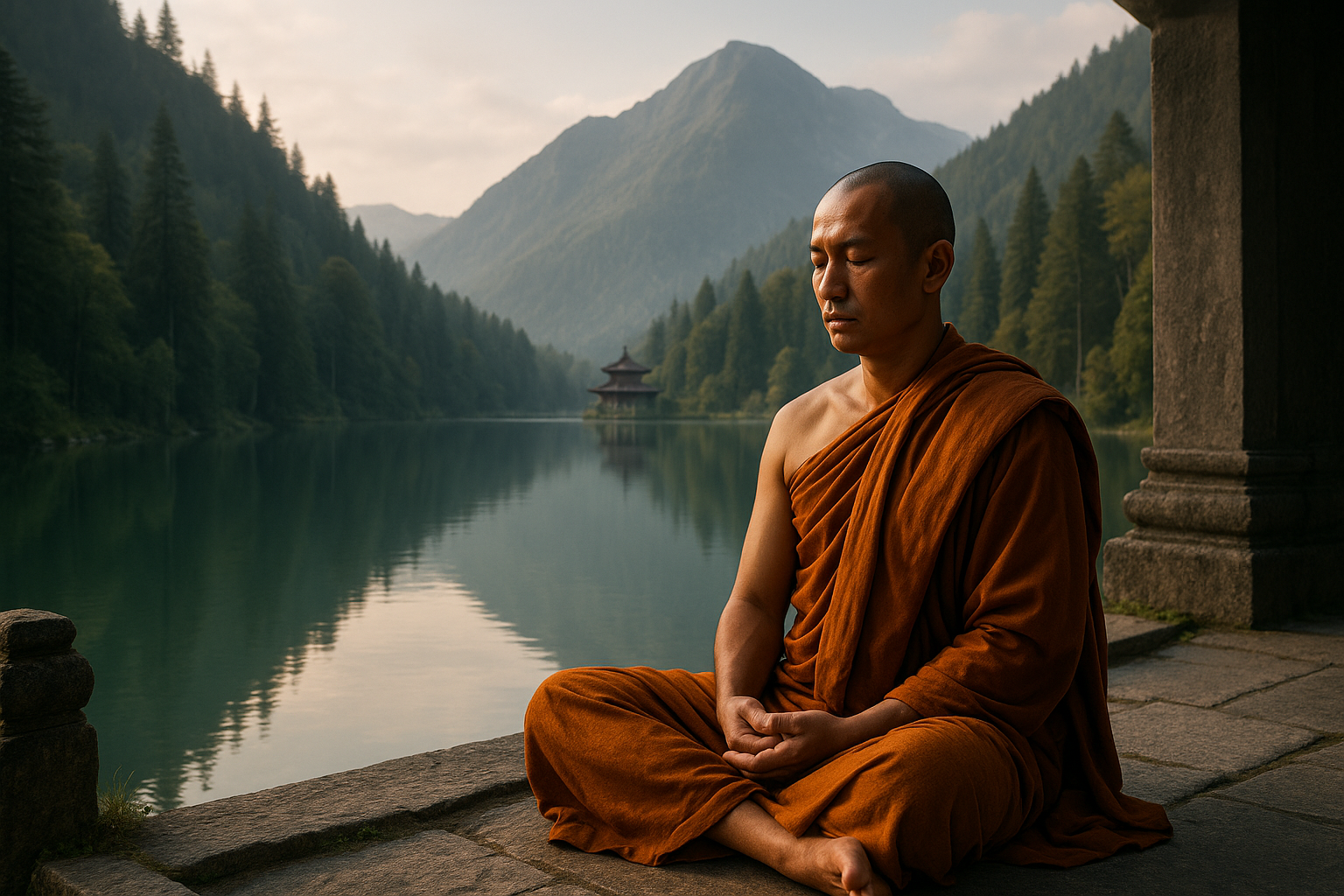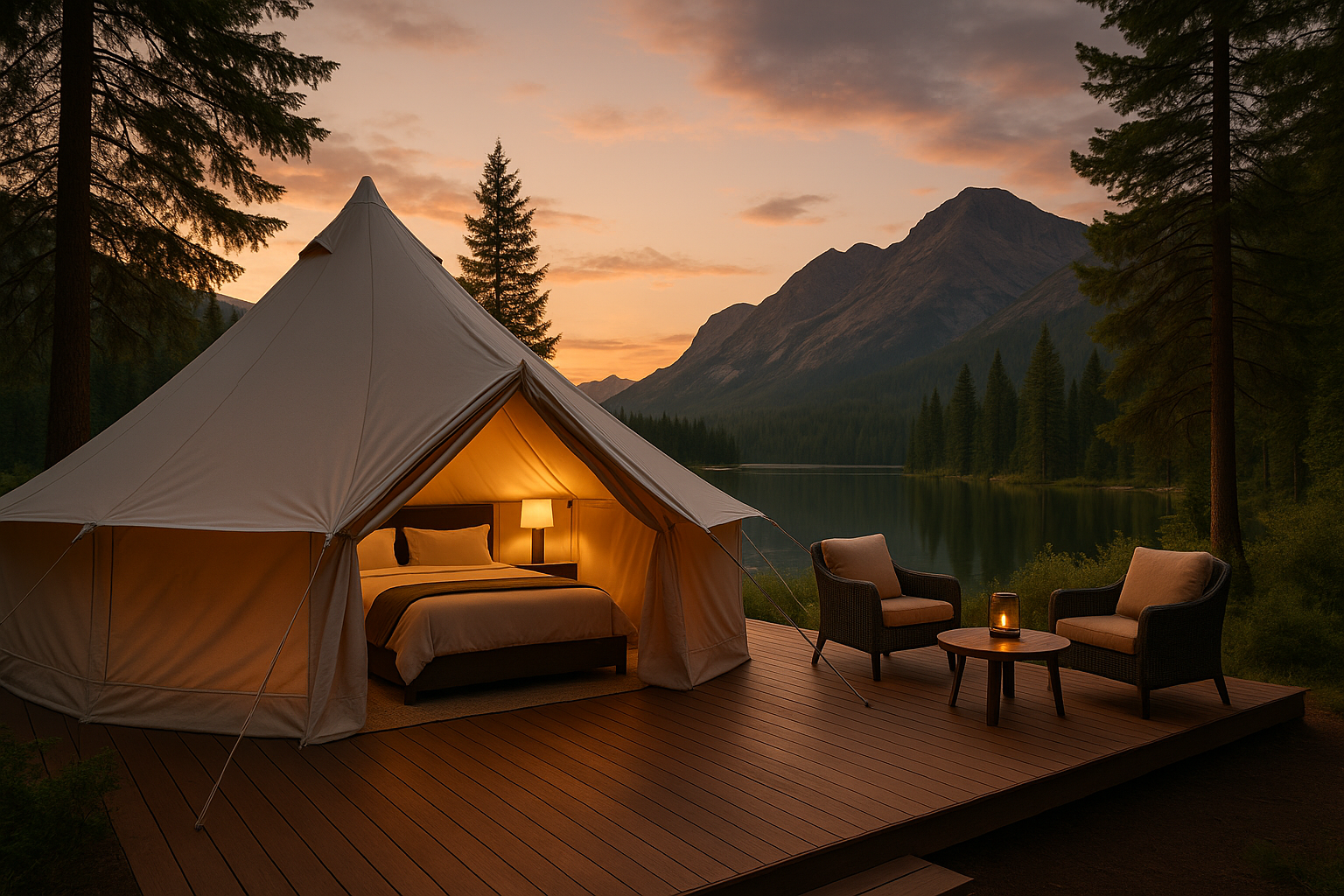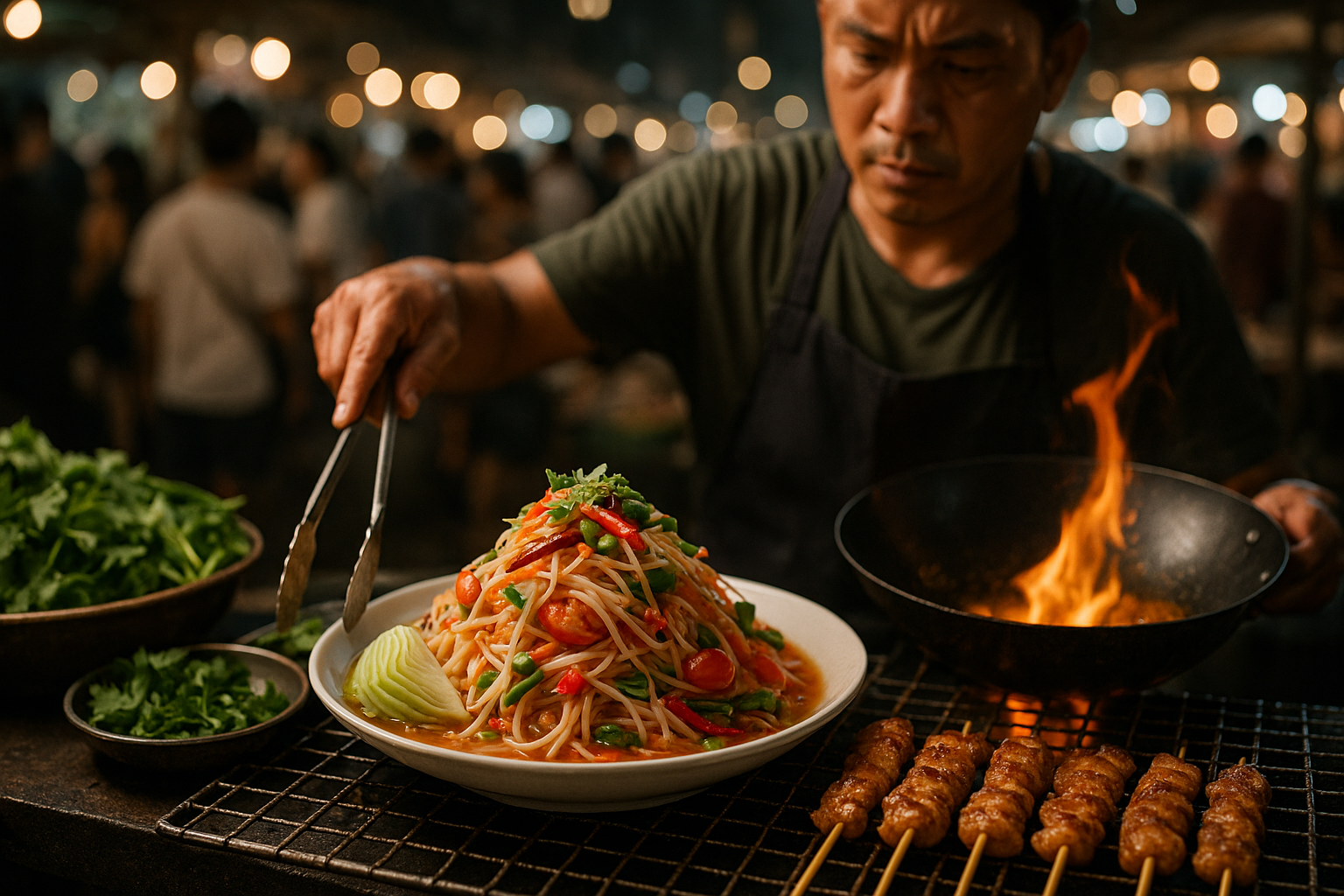Discovering the Serenity of Silent Retreats: A New Wave in Travel
Silent retreats are not a new concept, but they have gained popularity in recent years among travelers seeking peace, mindfulness, and personal growth. The trend has breathed new life into the realm of experiential travel, offering a unique experience that blends spirituality, wellness, and exploration. This article delves into the world of silent retreats, their rich history, current trends, and the transformative impact they can have on travelers.

The Historical Roots of Silent Retreats
Silent retreats have their roots in various spiritual traditions. Monastic orders, for instance, have long used periods of silence for reflection and spiritual growth. This practice has transcended religious boundaries, finding a place in Buddhism, Christianity, Hinduism, and other spiritual systems. The surge in popularity of silent retreats among modern-day travelers can be traced back to the increasing interest in mindfulness and meditation, practices often associated with silence.
Silent Retreats in Today’s World
In recent years, silent retreats have morphed into a full-fledged travel trend. A growing number of retreat centers now offer silent retreats as part of their programs, often combining them with other wellness practices like yoga, meditation, and nature walks. They are typically held in tranquil locations, often surrounded by natural beauty, further enhancing the serenity of the experience.
The Benefits and Challenges of Silent Retreats
Silent retreats offer a plethora of benefits. They provide an opportunity to disconnect from the distractions of the digital world and reconnect with oneself. They promote mindfulness, heighten sensory awareness, and facilitate deep introspection. However, they also pose challenges. Being in silence for extended periods can be uncomfortable, especially for first-timers. It requires patience, openness, and willingness to confront one’s thoughts and emotions.
The Impact on Travelers
The impact of silent retreats on travelers can be profound and life-altering. Participants often report a heightened sense of self-awareness, increased emotional resilience, and improved mental clarity. Moreover, the experience can offer a fresh perspective on life and a renewed appreciation for the world around them.
Insights and Suggestions for Silent Retreat Travelers
-
Choose the Right Retreat: Not all silent retreats are the same. Some may involve strict silence, while others may allow for limited communication. Research beforehand to find a retreat that aligns with your comfort level and objectives.
-
Preparation is Key: Prepare mentally and emotionally for the retreat. It’s a good idea to start practicing silence and mindfulness in small doses before the retreat.
-
Pack Wisely: Bring comfortable clothing, a journal for reflection, and essential toiletries. Most retreats provide meals, but you may want to bring some snacks.
-
Embrace the Experience: The experience can be challenging, but it’s important to remain open and embrace whatever comes your way.
In conclusion, the rise of silent retreats as a travel trend underscores a shift towards more introspective and transformative travel experiences. These retreats provide a unique opportunity for travelers to disconnect from the noise of everyday life and embark on a journey of self-discovery. As we continue to navigate our fast-paced world, the allure of silent retreats and their promise of peace and mindfulness is likely to grow, shaping the future of travel in fascinating ways.





